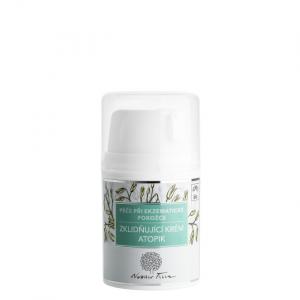Corispermum sibiricum
Other names: Thin-winged Camel, Corispermum pallasii, Corispermum intermedium, Corispermum leptopterum
Harm score: 1 (Natural substances)
Corispermum sibiricum, also known as the thin-winged camelweed, Corispermum pallasii, Corispermum intermedium or Corispermum leptopterum, is a plant native to Siberia and Mongolia, but also found in parts of Europe. It is an annual to biennial herb that can grow to a height of 20 to 60 cm. Its narrow, lance-shaped leaves are heart-shaped at the base and can be up to 5 cm long. The flowers are small, inconspicuous and are found in the apical spikes. The fruits are small, red, swollen achenes that can be up to 6 mm long and 4 mm wide.
Camelberry is known for its medicinal properties. In particular, it is used in traditional Asian medicine to treat various digestive problems such as constipation. In the form of a decoction, it is also used in the treatment of cardiovascular diseases, as well as in the treatment of wounds and ulcers or inflammations of the oral cavity. The plant is also included in some cattle feed mixtures, as it promotes digestion and the general health of the animals. Due to its medicinal properties, the plant could also be used in the future in the production of various medicines and food supplements.
You won't find this substance in our products. Try the natural, chemical-free products in our range.

Washing powder 10 kg
Product detail
Salt Body Scrub - Salt Cave 150 ml
Product detail
Neutral sunscreen without perfume SPF 20 BIO (100ml)
Product detail
Atopic Soothing Cream 50 ml
Product detail